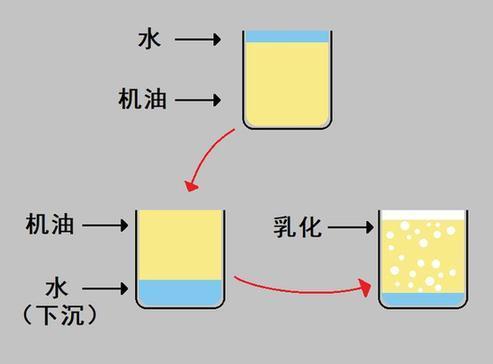高 博 王宇平 许 卿 郑芳芳 (1.福建国际旅行卫生保健中心,福州 350001;2.福建医科大学公共卫生学院,福州 350004)
摘要 〔目的〕分析福建口岸白纹伊蚊、中华按蚊和骚扰阿蚊细胞色素C氧化酶亚基I(COI)基因序列,为建立蚊种分子鉴定方法奠定基础。〔方法〕扩增并测定在福建口岸采集的白纹伊蚊、中华按蚊和骚扰阿蚊COI基因序列,与GenBank中相应序列进行对比分析。〔结果〕三蚊种COI基因扩增片段长度约500bp,A+T含量为65.61%~68.73%。核苷酸同源性分析结果表明,同一蚊种COI基因同源性为98.1%~100%,三蚊种间基因同源性为84.4%~87.7%;COI部分基因系统进化关系显示,三蚊种COI分子鉴定与形态学鉴定结果一致,阿蚊属与伊蚊属聚类为库蚊亚科,按蚊亚科位于系统进化树另一分支。〔结论〕COI基因核苷酸序列分析可应用于福建国境口岸三蚊种的区分,弥补形态特征信息量不足等传统分类鉴定方法的缺点,为建立外来或新发现蚊种分子鉴定方法奠定基础。
关键词 白纹伊蚊;中华按蚊;骚扰阿蚊;细胞色素C氧化酶亚基Ⅰ;序列分析
〔中图分类号〕 R155.5 〔文献标识码〕 B
COI Sequences Analysis for Three Kinds ofMosquitoes at Fujian Port Gao Bo1, Wang Yuping1, XuQing1, Zheng Fangfang2. (1.Fujian International Travel HealthcareCenter, Fuzhou 350001,China; 2.Public Health School of FujianMedical University, Fuzhou 350004,China.)
[Abstract] Objective To analyze sequences of Cytoehrome C oxidase subunit I, and toestablish Molecular identification of mosquito species in Armigeressubalbatus, Anopheles sinensis and Aedes albopictus collected atFujian Ports. Method The specific PCR primerswere disigned to amplify the partial COI coding regions. Threespecies of mosquito (including Armigeres subalbatus, Anophelessinensis and Aedes albopictus at Fujian Ports) were amplified andsequenced, then compared with matching mosquitos' sequences inGenbank. Result The amplified COI fragments ofthree species of mosquitoes were approximately 500bp in size, whoseA+T contents were 65.61% to 68.73%. The homology in nucleotideanalysis showed that COI gene homology in the same specie was 98.1%to 100%, and 84.4% to 87.7% among three species. The phylogeneticrelationship of partial COI gene was consistent with themorphological characteristics of mosquitos. Genera Aedes and generaArmigeres were clustered to subfamily Culicinae, while subfamilyAnophelinae was in the other branch of phylogenetic tree. Conclusion COI nucleotide identificaton could be usedto classify species of mosquitoes from frontier ports. This methodcan remedy the shortcoming of the traditional systematicclassification such as morphological classification method andprovide molecular basis for identifying enthetic species at thefrontier ports in the future.
[Key words] Armigeressubalbatus; Anopheles sinensis; Aedes albopictus; Cytoehrome Coxidase subunit I; Sequence analysis

 您当前位置:
您当前位置:





